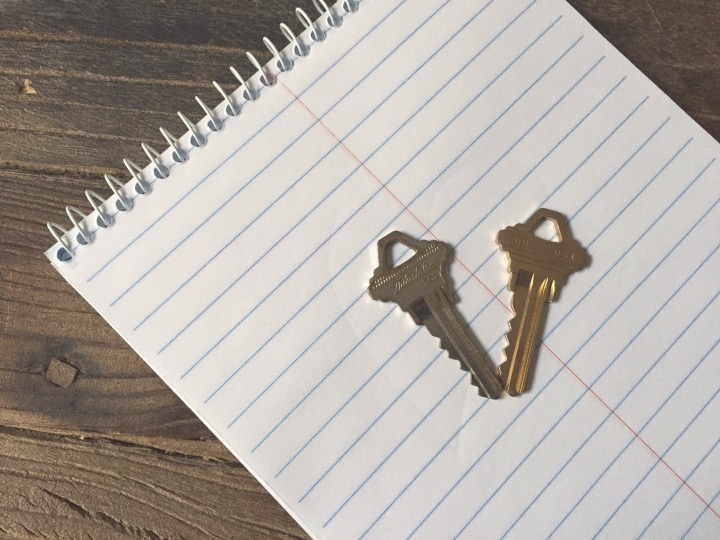So, you’ve watched your fair share of House Hunters on HGTV and have dabbled a bit on Zillow, but now you’re starting to get serious. Here are 5 essential things you need to do to get in the game and be a successful buyer.
1. Take a sec to reflect on your current life situation and your future goals.

At it’s very core, buying a property is an investment and business transaction. On the other hand, humans at their very core are are emotional beings. There’s no return policy on property and it’s a long-term commitment, so it’s a really good idea to start the process with a clear head, thorough understanding of what type of property you should set your sights on, and what you’re looking to get out of your investment.
In our case, we were young and ambitious, didn’t need a ton of space and weren’t planning on this property being a “forever house.” We also knew that we’d like the property to generate an active return for us. In the short term it’d help us make the monthly mortgage payment more affordable and in the long term, it would be another form of income. We knew that a fixer multifamily was going to check those boxes for us.
To help get you started, here are a few questions to ask yourself:
- What do I want to get out of the property?
- What’s my current financial and employment status? Is it likely to change in any way?
- Am I committed to staying in the area that I’m considering buying in?
- What’s my relationship/family status now and what may it be in the next 5-10 years?
- How much time do I have to maintain a property?
- Am I willing and able to take on renovations?
2. Ramp up your savings and whip your credit score into shape.
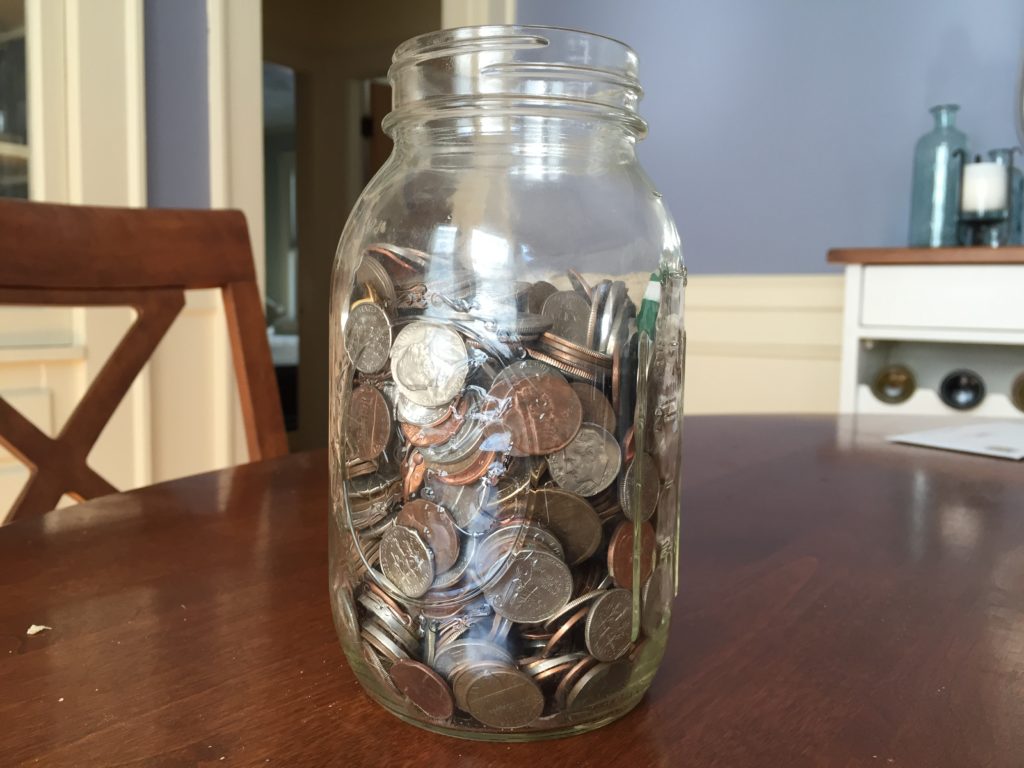
I know – much easier said than done, but it’s crucial to your home-buying success. Even if you’ve got your downpayment tucked away, you’re going to need extra money to dedicate to improvements, repairs and basic maintenance. It’s the last thing you want to hear, but you’re almost guaranteed to end up with a few unexpected costs along the way.
Of course, you can simply take a look at your spending and cut out the unnecessary items, but that can be hard to stick to for more than a couple of weeks. A more interesting and perhaps more motivating way to save is to calculate your expected monthly mortgage payment and put away the difference of what you’re paying for housing now. This will not only help you stow away extra funds, but will give you a decent idea of what it will feel like to have a mortgage payment.
So, I’ve mentioned down payments and emergency funds, but another area that you can work to improve with any extra cash you manage to save is your debt. Wether it be credit cards, car loans, student loans, etc., your credit score will have a big impact on getting approved to borrow as well as interest rates. Although it’s difficult to make a significant impact on your credit score overnight, start chipping away at it by paying off balances, avoiding opening new lines of credit, or having too many inquiries on your credit report.
3. Know what you can afford, know what mortgage products are available and know the process to securing one.
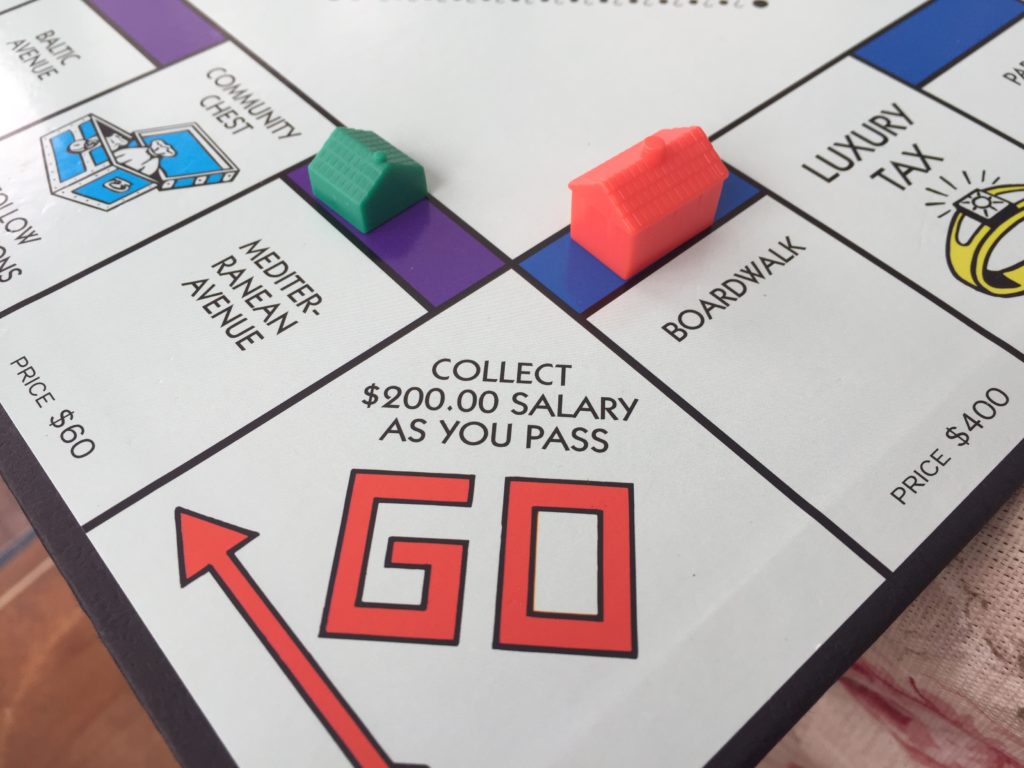
This is a biggie! Knowing what you’re able to afford upfront will help maximize your search time and provide realistic parameters to work within. If you’re ready to start getting serious, it’s time to get in touch with a trusted mortgage broker to run some numbers.
Depending on exactly where you are in the process, you’ll need to decide on getting pre-qualified vs. pre-approved. There is a difference! Pre-qualification is a great first step if you’re just beginning your search. It will give you a fairly solid idea of the amount of money you’ll be able to borrow for a mortgage. The pre-qualification process is simple and takes into account the big-picture view of your finances. Usually credit is not checked at this step, but double check with your broker (remember, you want to avoid too many inquiries on your record).
It’s generally a good idea to review your pre-qualification results with your lender to discuss your financial goals and needs in regard to a mortgage. It’s also a great time to start researching mortgage product recommendations. There’s a big selection out there and many loan options cater toward specific types of buyers (first time homebuyers, military, etc.). The more knowledge you have, the more confident you’ll be in your decision making.
Pre-approval takes things to the next level once you’ve reached the point where you’re ready to begin putting in offers. Unlike pre-qualification, pre-approval takes an in-depth look at your financial background and credit and may have an expiration date. Your pre-approval will give you the exact amount you’re approved to borrow and an idea of interest rates, or mortgage insurance you’ll have to pay on the loan. Having a pre-approval puts you at a significant advantage when making offers because it indicates that you’re a serious buyer with financing in place.
4. Study the market and do “practice” open houses.
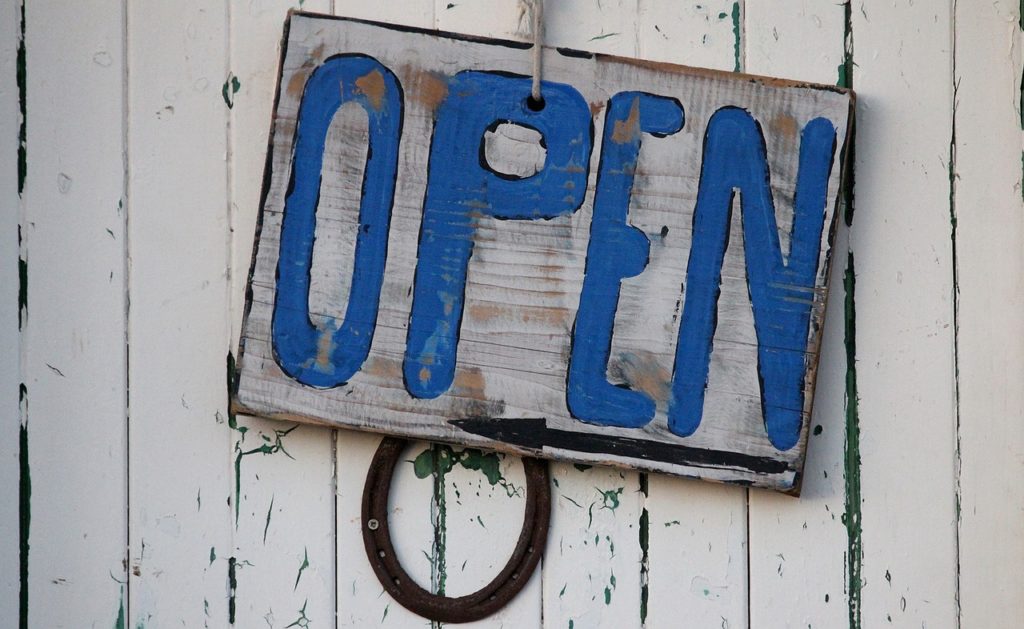
Once you know how much you can afford, you’ll be able to hone in on properties that fit within your budget. You can begin searching on your own on a number of different online realty databases. Start keeping track of what’s available in your price range – compare features like size, bedrooms, baths, updates, etc. You should also start looking into recently sold homes that match your search criteria – this will help you see trends in list price vs. actual going rate. If you’ve teamed up with a real estate agent, he or she will also be able to help you navigate trends in the market.
As soon as you’ve started to wrap your head around the market, it’s time for the fun part – touring actual properties. I was amazed at how much I learned from going to open houses when we were searching for our house. If this is your first time buying, your first few open houses might seem a bit awkward. You might stumble around and feel like you have no idea what you’re doing, but just like anything else, you’ll learn to get good at them. If you don’t yet have an agent, start by doing “practice” open houses. Make a list of items to investigate and/or go with a family member, or friend who’s a homeowner – they’ll be able to help point out certain details you may not even think to look at. Open your eyes and your ears. Listening to what others are discussing, or asking questions about can lead you to discover things you may have missed. After you’ve seen your fair share of homes, you’ll be able to move confidently and quickly when the perfect place comes along.
5. Make a list of Must Haves vs. Compromises.
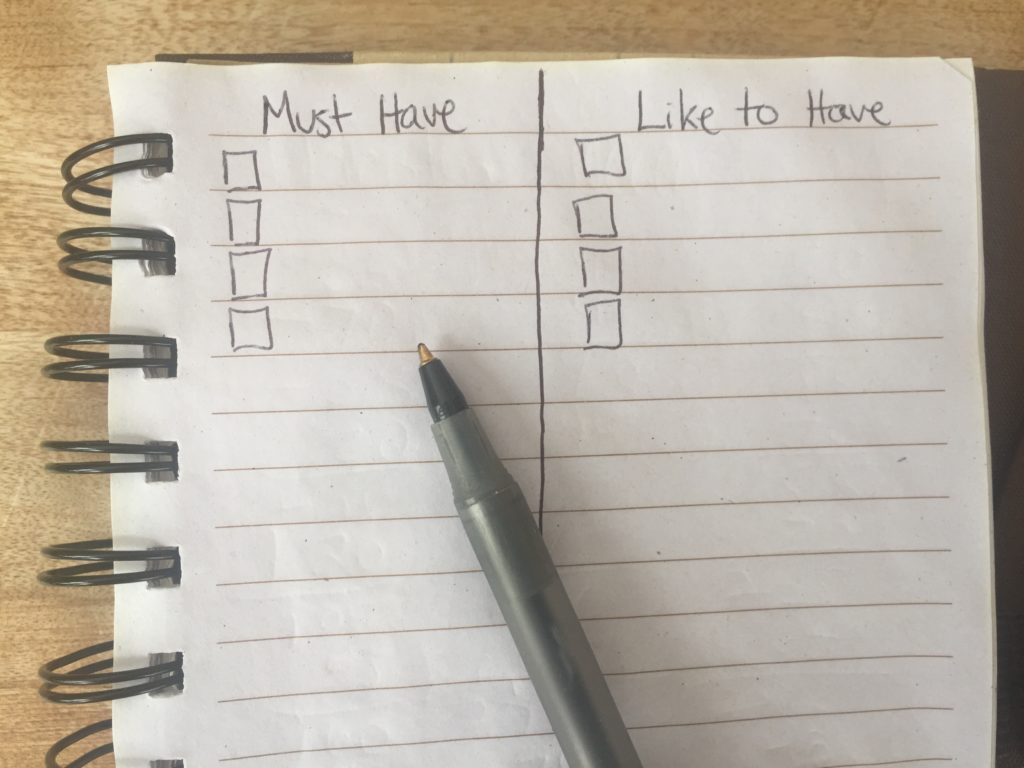
Sure we all want the best location and all the creature comforts, but reality can be harsh when you compare your perfect house to what you can actually afford. This is especially true if you’re chasing after your starter house. So what do you do?
Whip out a pen and paper and get to work on a list of features that are must haves vs. features you can compromise on. It’s also important when making this list to take into consideration the features that can be changed fairly easily even if it can’t be done immediately (paint color, flooring, appliances, taking down non-supporting walls and other minor layout re-arrangements, etc.) vs. things that may be a bit more difficult, or impossible to change (location, structural issues, additions etc.). While priorities on your list are bound to change as you move through the home search process, do your best to stay true to your fundamental must haves and compromises. It’ll save a lot of headache and heartache later on!

